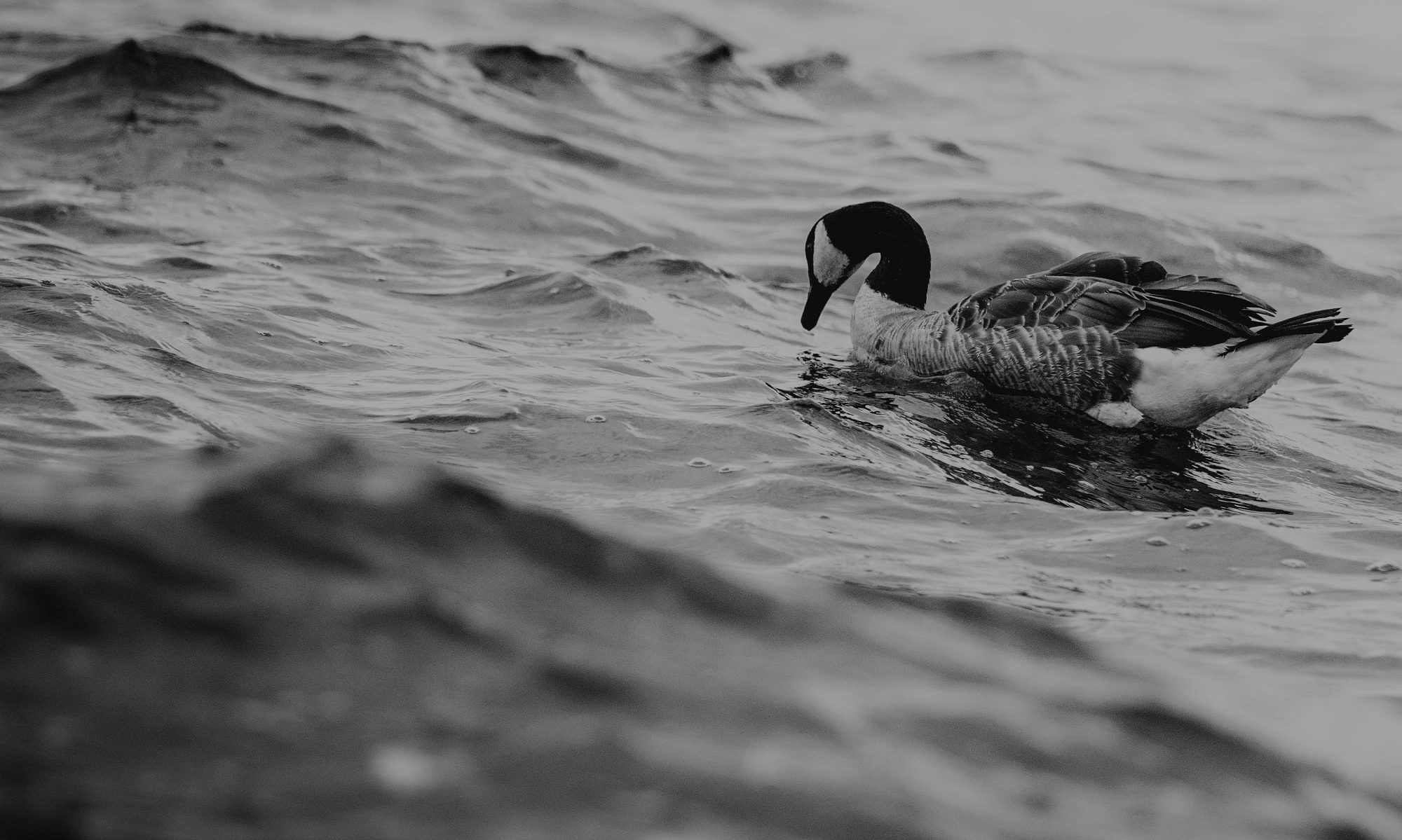Author
László Ketskeméty
Mini Project ID
BMEMPBEER1
Description
How to refine the six questions in the light of the problems defined below?
- What improvements need to be made to bring the total revenue to at least EUR 120000?
To the best of our knowledge, this question is difficult to answer because it is too general. To produce a new product, a new plant hall must be built, with a suitable production line, to be operated by workers, which is costly and will only be able to pay off in the end.
- What production plan should be chosen for the introduction of a new product, assuming that the brewery’s loss due to each unit of revenue loss is EUR 1 and each additional tonne of malt used generates a loss of EUR 30 for the brewery?
The question makes it possible to set up a concrete and appropriate mathematical model. With the help of the restrictive conditions for the raw materials, the production recipe of the three products and the market prices, a linear programming task can be formulated with which the possible total revenue and profit can be maximized.
- What permits are required to obtain from the authorities in order to start series production of the liqueur? Does the product comply with all health, consumer protection, and patent regulations?
These issues arise with the introduction of any new product. In the case of the previous two products these also had to be answered, it can be done routinely. The finished product must be approved, the needed measurements must be ordered in various certified laboratories for standardization and approval. All this takes time, so immediate introduction of the product is not possible, this may delay the introduction by at least 1 year.
- Malt is available in limited quantities; the stock available cannot be increased indefinitely. Since the production of the new product also requires the use of malt for brewing, to what extent does this limit brewing capacity? How much extra malt would you need to get to maximize your total income?
This question is too complex and difficult to answer. The fact of the limitation can be taken into account in the mathematical model to be set up, but the development of malt procurement depends on market conditions and agricultural conditions, so it is difficult, almost impossible to say for sure. The purchase price of malt depends on many things. Although the brewery has a long-term contract with a nearby producer for a certain amount of malt, purchases beyond this are already very uncertain. The malt stock cannot be increased indefinitely. This has market constraints on the one hand and warehousing contains on the other. Nor can the volume of products be increased indefinitely due to market capacity and limited production capacity.
- What promotional strategy should be used to launch the new product on the market and at what cost?
Market dissemination can only be imagined gradually. The number of advertising opportunities is large: you can try flyers, tasting campaigns in shops, posters and media advertisements. The cost of each form of advertising varies greatly. A mixed promotion strategy seems to be the most effective, but the choice of ratio between components depends on the amount of the finance available. It is advisable to issue a public tender for the promotional project, for which the bids of the largest advertising companies should be invited.
- What should the new product look like? What brand is being launched? In what unpacking and dimensions should it be marketed?
The brand should be the brand introduced for beers, as it took a lot of energy to adopt the duck label. Consumers like it, it is recognizable from afar, and it suggests good quality. The packaging should be outsourced to a product design studio. The beers are marketed in typical bottles of the same shape. The bottle of the liqueur should, on the one hand, refer back to the characteristic shape of the glass of beers, but at the same time indicate that it contains a concentrated drink. You will also need to plan a gift box unpacking with gift cups. This requires special design expertise. The proportion of the contents should be explored using market research methods. The product will have to be placed in different sizes in different stores, and it will be possible to estimate the optimal size ratios from the weight loss rate. As a starting point, it is recommended that the same amount of 2 dl, 5 dl, and 7 dl sets be produced for the experiment and the purchase speed will be determine the ratios of the capacities.
Sector
VET
Data
N/A
Model
Linear programming, conjoint analysis
Calculation
N/A

Review M1S3 – DUCK beer.
You must be logged in to post a review.